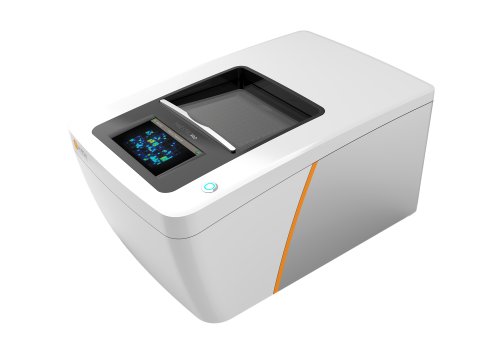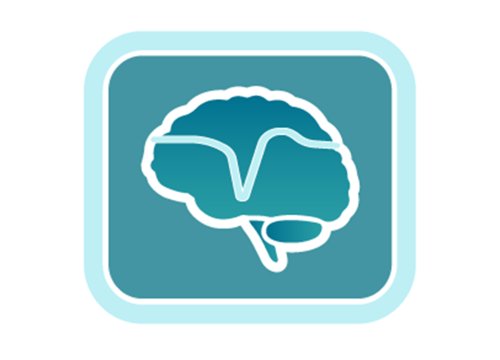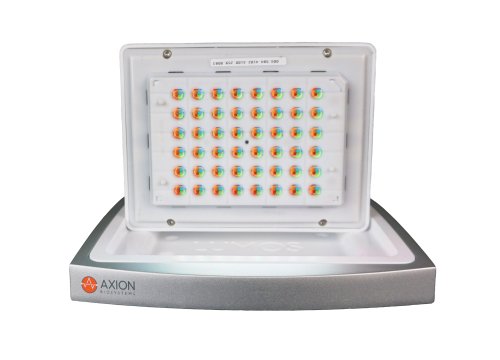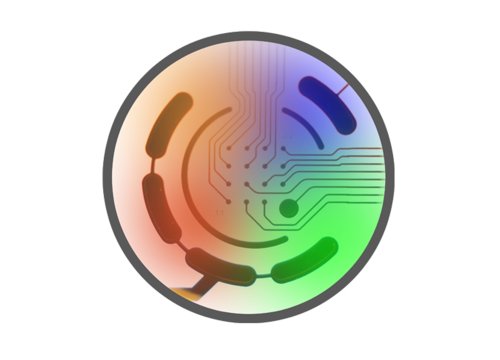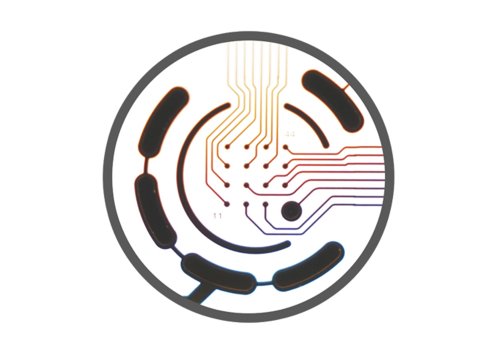Authors: Erin LaMontagne, Alex Savchenko, Gisselle Gonzalez, Ritwik Vatsyayan, Blanca Martin-Burgos, Francesca Puppo, Diogo Biagi, Fabio Papes, Shadi A. Dayeh, Alysson R. Muotri, and Adam J. Engler
Biomaterials, 21 May 2025
Human pluripotent stem cell (hPSC)-derived neurons often lack chronic stimulation and input, which may hamper development and result in immaturity. In this study, the authors fabricated electro spun polymer nanofibers containing reduced graphene oxide (rGO), which is light-reactive, allowing cultured neural organoids and cardiomyocytes to be stimulated with light without requiring light-sensitive opsins.
To assess the functionality of brain organoids integrated with rGO nanofibers, the scientists used Axion BioSystems’ noninvasive, label-free Maestro MEA platform. Chronic (daily) stimulation with increasing frequency via Axion’s Lumos optical stimulation system resulted in increased activity and network activity, along with photoreceptor pathway activation. These findings suggest that light stimulation may serve as a method to increase hiPSC-derived neuron and cardiomyocyte maturation, as well as promote retinal differentiation.
